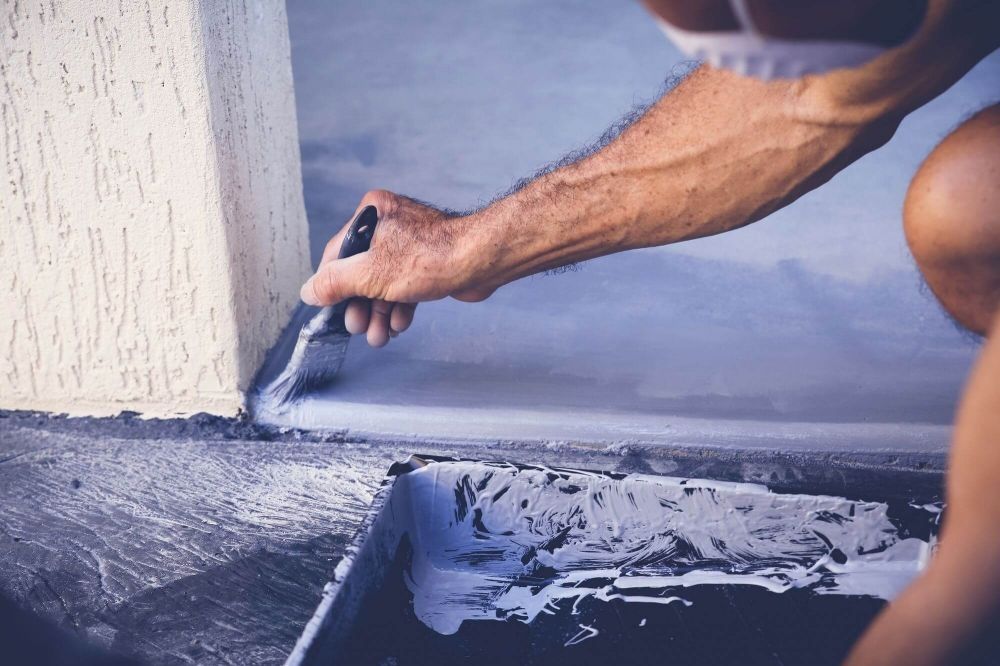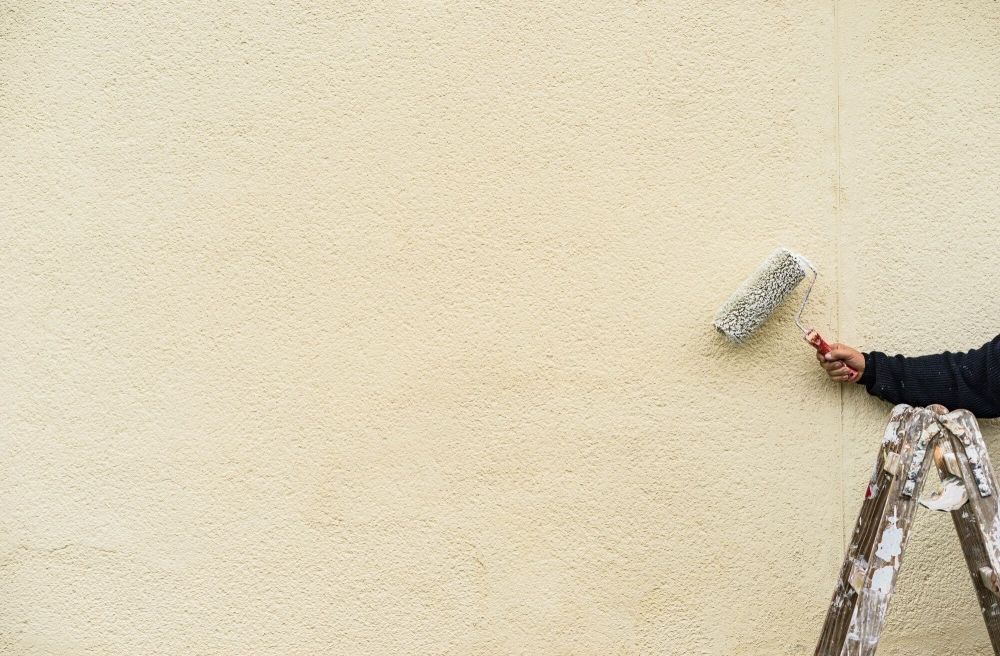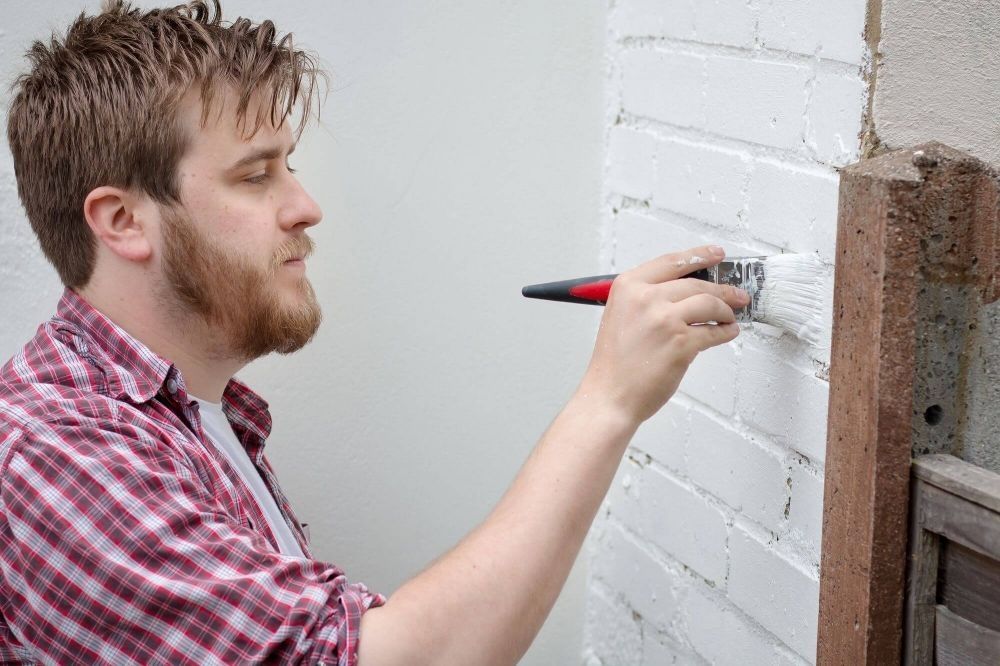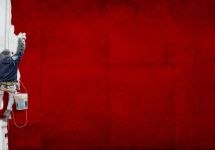What facade paint to choose? Selection of a relevant facade paint
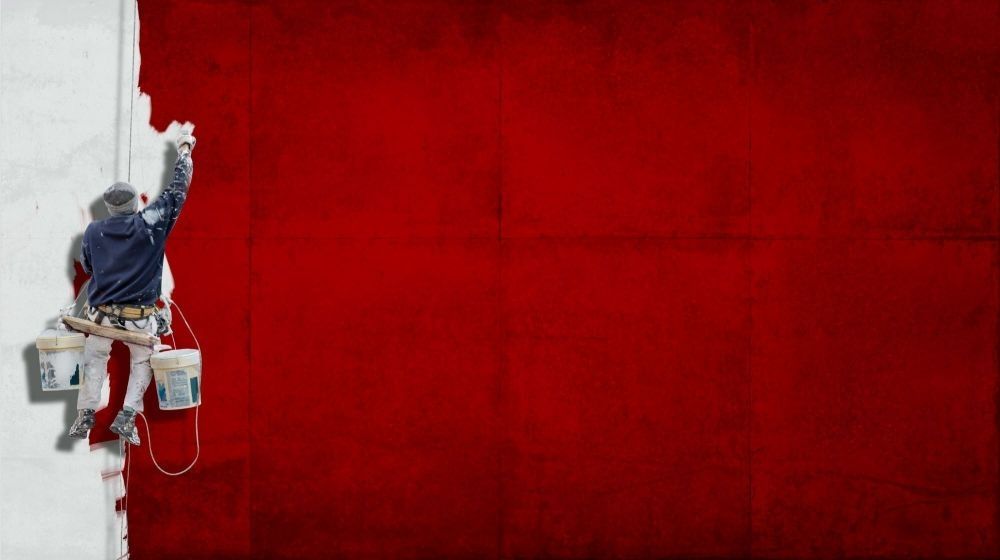
Facade paint, i.e. the final coating
Facade paint is the final coating in the thermal insulation system, including traditional plasters applied on one or three-layer walls. And as such it is the most exposed to harsh weather conditions - rain, sun and frost. Therefore it must be of good quality. However, this is not enough, since it must be accommodated to the substrate, which is to be covered as well as conditions around the house.
Which facade paint to pick and which one is the best? Facade paints are available in several types - they can be acrylic, silicone, silicate, silicone-silicone. From a practical point of view, the paint chemical composition is not important but the features that result from it.
Acrylic paintsAcrylic paints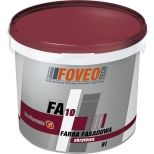 FA 10 Exterior Acrylic PaintSee more
FA 10 Exterior Acrylic PaintSee more
Due to their popularity and the lowest price they be considered as basic ones. Usually, they are the first choice paints, changed to others, when a particular case is required. They form an elastic coating, are resistant to rainwater and available in various colours, including intense ones. They feature an average resistance to contamination, but can be washed easily, including a pressure washer. Washing of difficult-to-reach, high sections of walls is not easy, therefore in areas where high air pollution occur, it’s better to choose a different paint. Acrylic paint are susceptible to algae development, forming characteristic green residues. It particularly applies to areas which are constantly shadowed, e.g. where a house is located among trees. Additives such Teflon in the paint Foveo Tech FAT 15, can reduce this phenomenon significantly. However, it won’t feature full resistance just like silicate products.
The biggest limitation of acrylic products, both paints and plasters, is relatively low vapour permeability, i.e. high diffusion resistance. Consequently, they are not suitable for insulation with mineral wool (which is very easy vapour permeable). It is possible to apply it on old acrylic plasters, though. A specialist needs to check whether this paint is suitable to be applied on plasters, e.g. mineral ones, featuring high vapour permeability - aerated concrete wall with cement-lime plaster differs significantly from thick polystyrene insulation, covered with mineral plaster.
Also called silicates, are more expensive than acrylic ones and available in fewer colours. On the other hand they are resistant to contamination, in particular algae development (the best feature of all paints available on the market). They form unfavourable and strongly alkaline substrate (pH 11-12). In the forest area it will be a good choice. It features good vapour permeability but lower resistance to water impact - after whipping rain there might be wet stains on the facade. Luckily, they dry very easily. While painting with silicate paints a close attention must be paid to prevailing weather conditions - for the first few days it is barely resistant to rain, strong sunlight and wind.
Silicone paintsSilicone paints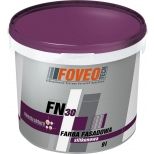 FN 30 Exterior Silicone PaintSee more
FN 30 Exterior Silicone PaintSee more
They are relatively expensive yet they feature a unique resistance to water and contamination. They are hydrophobic, therefore we can see pearl water drops instead of flowing streaks. Rain in a way can wash their surface from contamination. However, it must be borne in mind that such self-cleaning is usually very uneven, especially in low buildings.
Water resistance is accompanied by good vapour permeability, so this paint can be applied to any type of insulation and plaster. We could even say they are universal.
In practice, paints containing a mixture of resins, e.g. silicone-silicate, work very well. Thanks to that their features are very alike. Also, they are a bit less expensive, which is very important.
